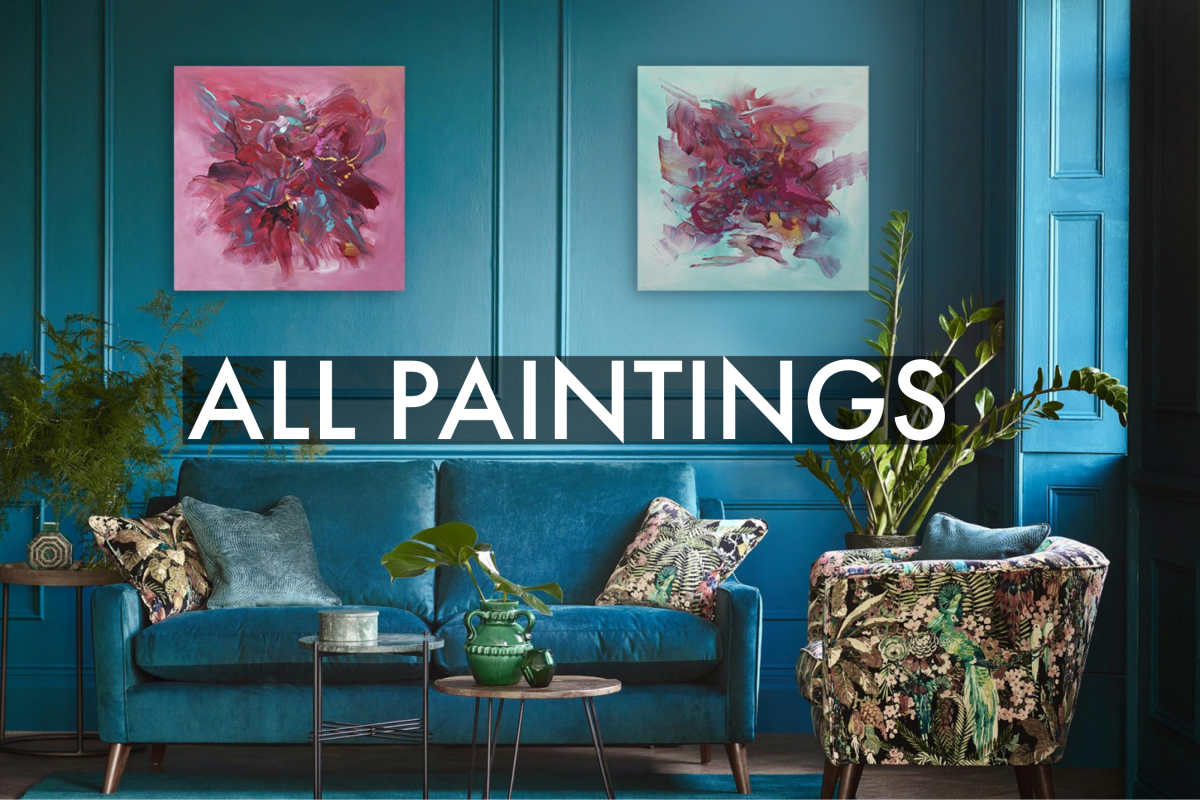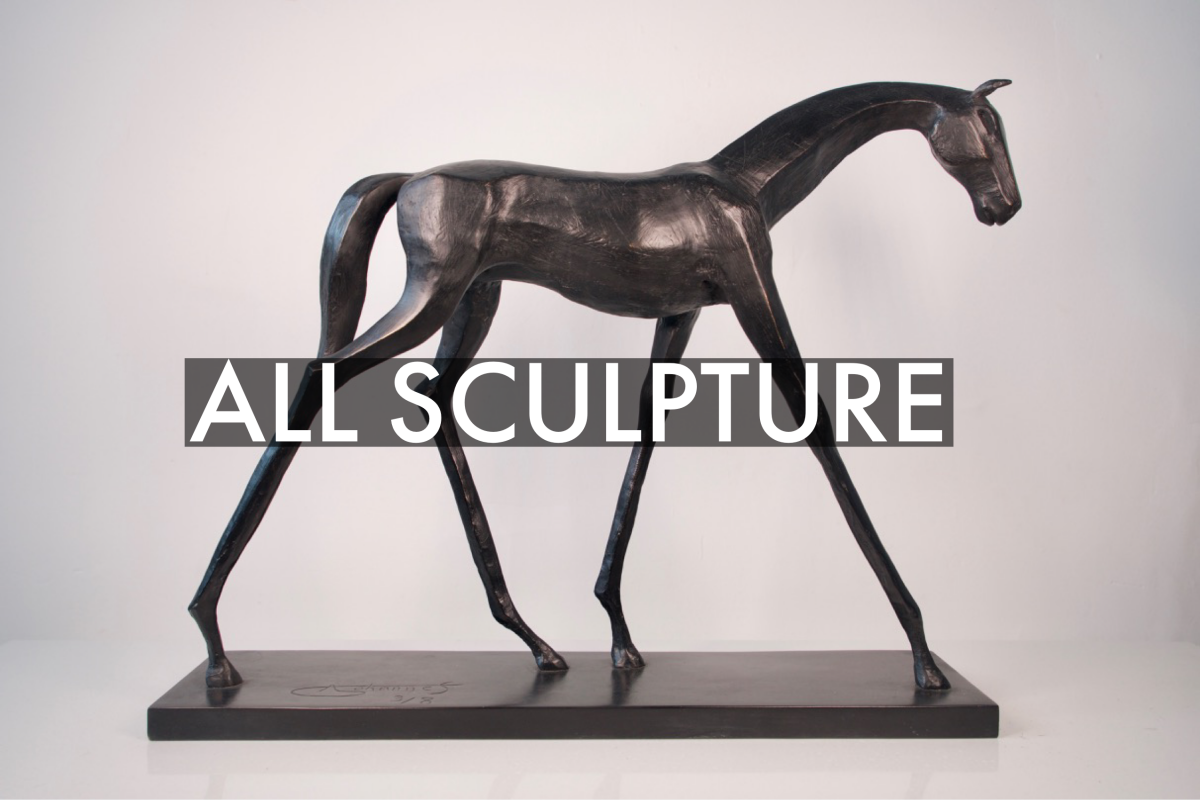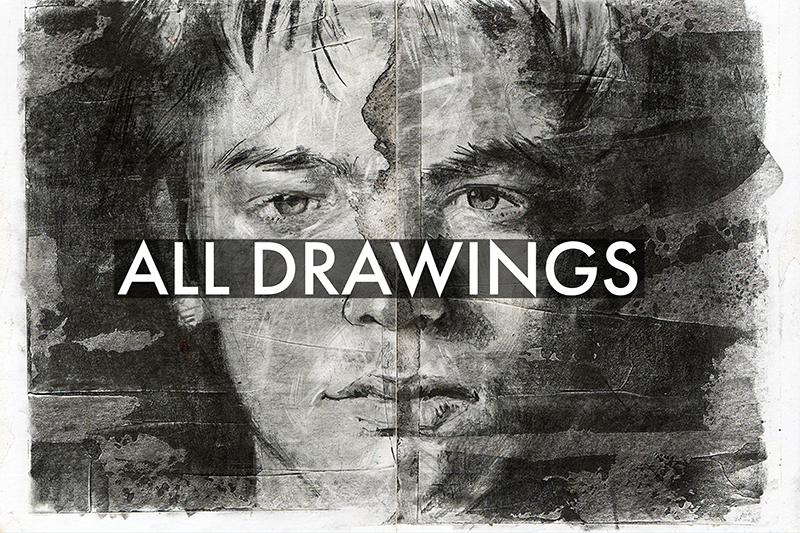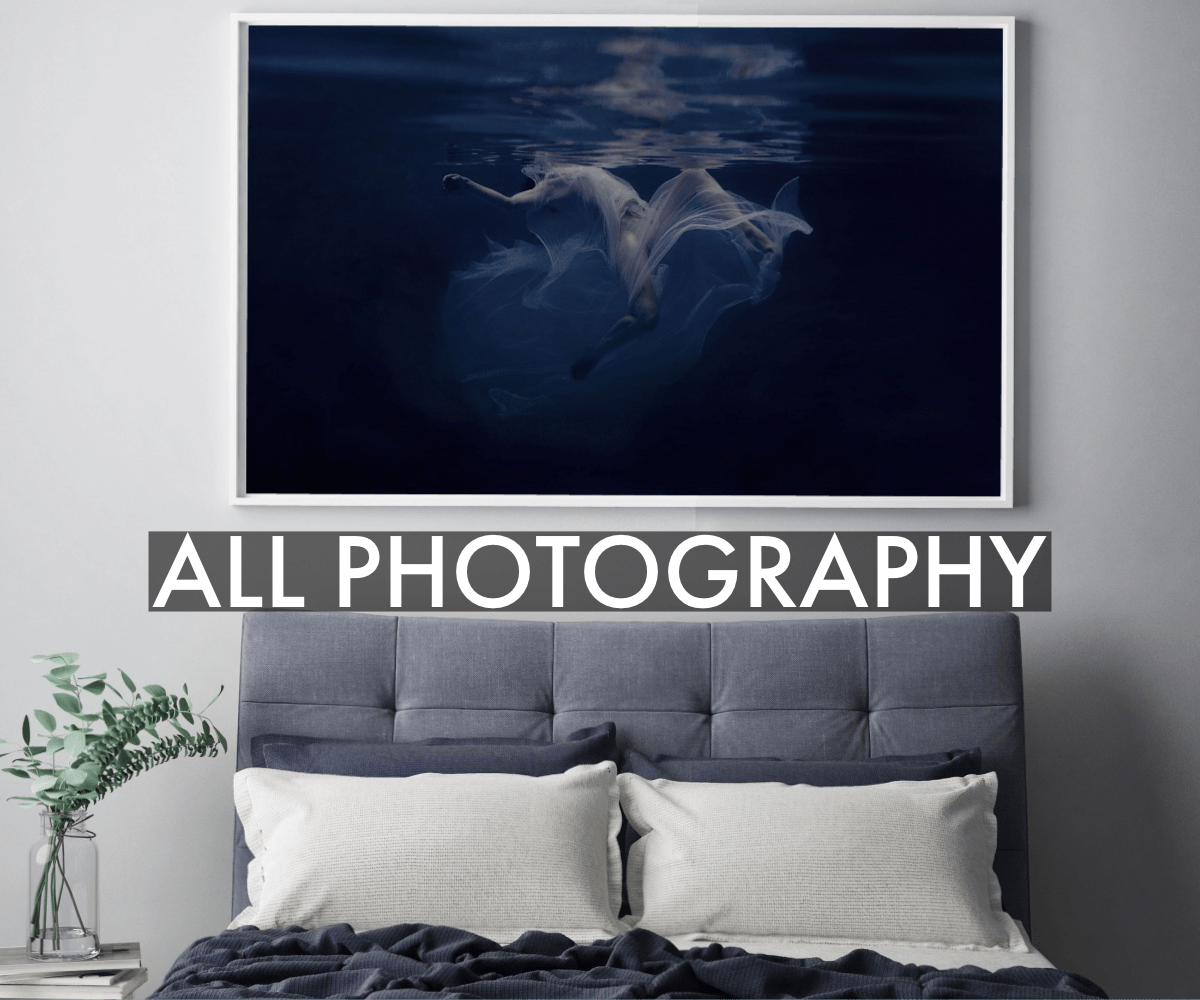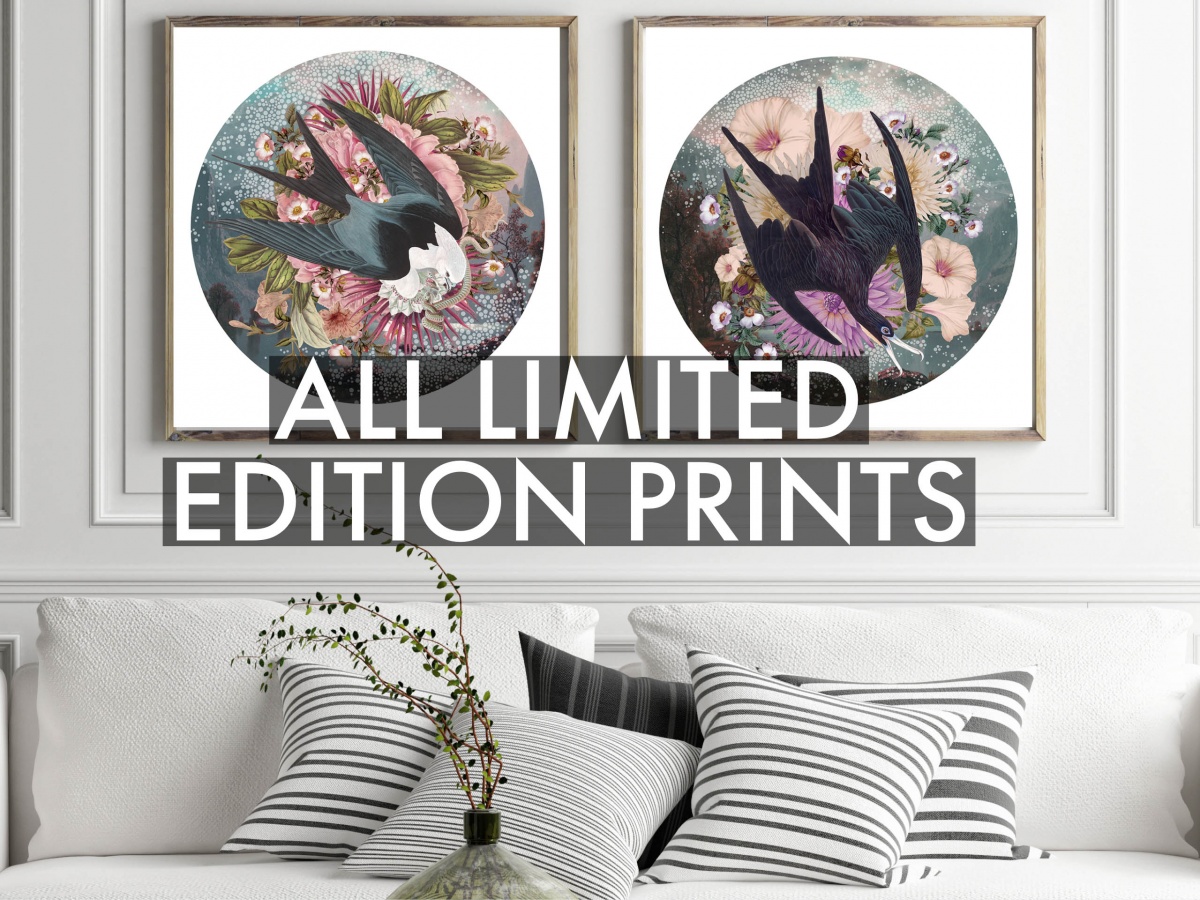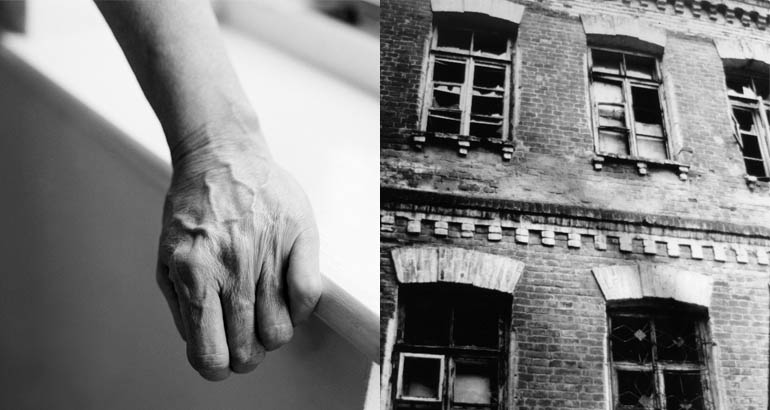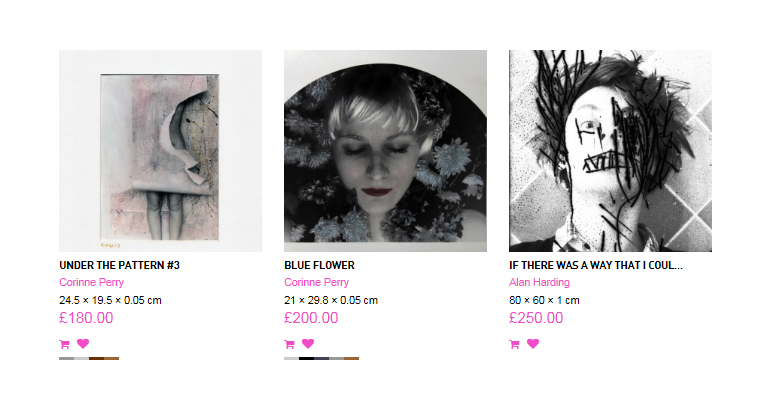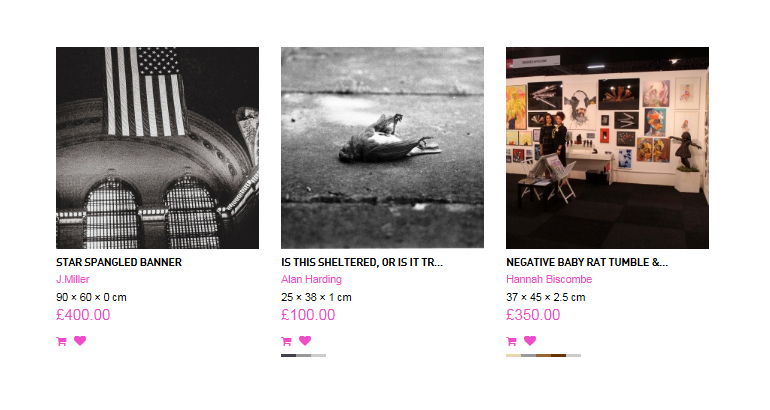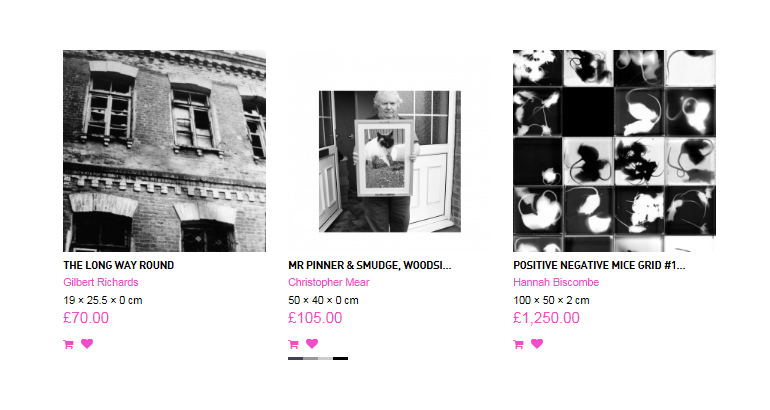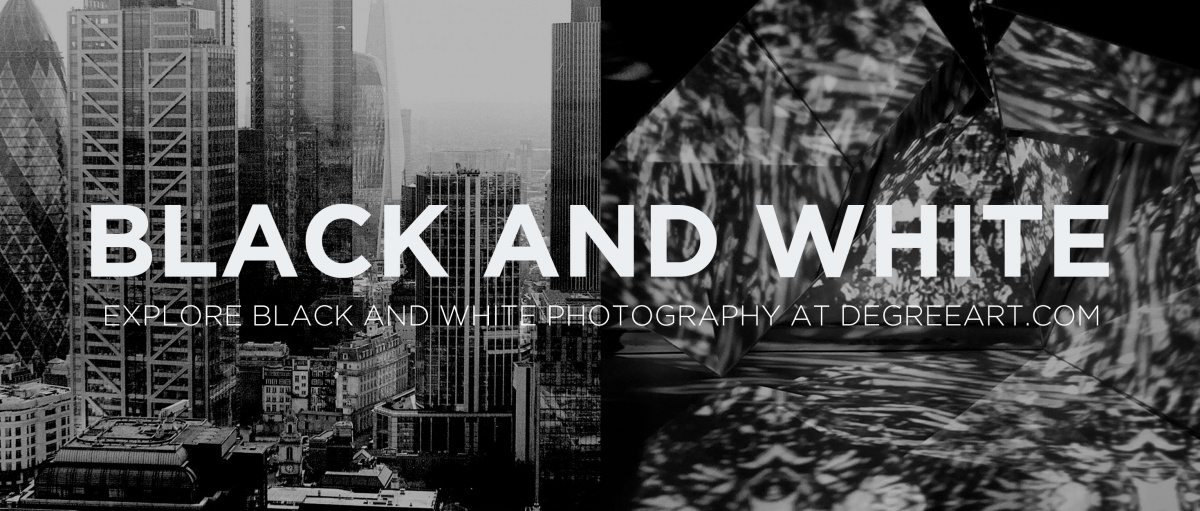
DegreeArt.com's Gallery Assistant, Bridget Davis, explores the enduring attraction of Black and White Photography.
“The Radical Eye” exhibition currently at Tate Modern showcases an extensive collection of photographs once displayed in the home of Sir Elton John. Much of his uniquely framed collection is composed of black and white photography of many genres and styles. The dominant presence of this medium in the Tate's exhibition reflects the growing popularity of Photography in the Contemporary Art Markets.
A timeless genre, black and white photography's roots stretch back to the advent of photography. Our eyes are used to seeing colour in our everyday lives, and the altered quality of black and white photographs creates a sense of mystery, as if we are looking into a different dimension.
Black and white photography is a subject explored by many contemporary artists at DegreeArt. With only greyscale to work with, detail, composition and contrast become the colour of these photographs. Richness and emotion are revealed through simplicity, balance, and light.
The black and white colour scheme easily fits with many different interiors colour schemes and decors. As Elton John has proven, you can also be adventurous with your framing choices.
Artists such as Eleanor Angelinetta, Umit Koseoglu, Andrew Paul Hayward, Jemma Rose, Christopher Mear, J. Miller, Gilbert Richards, Cody Choi, and Hannah Biscombe explore this media across our stable of artist.
The Contemporary Art Market Report 2016 published by ArtPrice reports that Photography has made significant gains in 2015/16 with the medium gaining ground with a +10% increase in the number of prints sold versus the previous year.
Photography is becoming increasingly established on the Contemporary art market. (ArtPrice)
Cody Choi is a professional choreographer and dancer whose photography focuses on the movement and emotion of dance. His use of contrast between black and white makes the dancers appear stark and lively. He says that “movement doesn’t stop at the point the dancer completes it. It is still there floating around, creating levels of vibrations across the air and enveloping the space with its heat and scent.”
Hannah Biscombe uses the technique of creating and arranging positive and negative photograms of living animals to create unique compositions. She says her photograms “made by direct contact” have the ability to “transcend the photograph’s sense of loss,” and create an “essentially timeless and ephemeral quality.”
View our Black and White Photography collection page.

